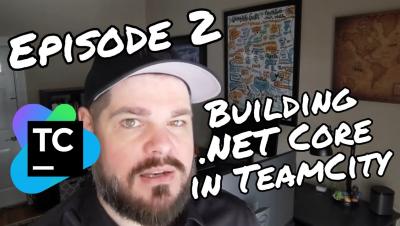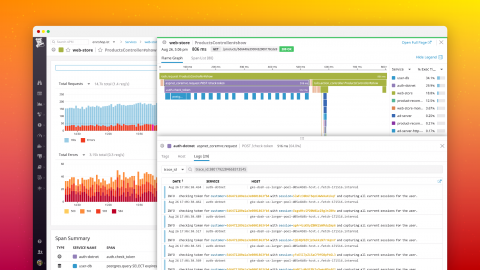Operations | Monitoring | ITSM | DevOps | Cloud
.NET
C# Exception Handling Best Practices
Welcome to Stackify’s guide to C# exception handling. Why is this topic so important? In modern languages like C#, “problems” are typically modeled using exceptions. Jeff Atwood (of StackOverflow fame) once called exceptions “the bread and butter of modern programming languages.” That should give you an idea of how important this construct is.
Episode 1: Creating a new .NET Core 3.1 Project
Episode 2: Building our .NET Core 3.1 Project with TeamCity
.NET Performance Optimization: Everything You Need To Know
It’s Friday afternoon, the majority of the development staff has already packed up and headed home for the weekend, but you remain to see the latest hotfix through to production. To your dismay, immediately after deployment, queues start backing up and you begin to get alerts from your monitoring system. Something has been broken and all evidence points to an application performance bottleneck.
Monitoring .NET Core - Raygun's multithreaded trace capability explained
Monitoring .NET Core - Raygun's multithreaded trace capability explained
Raygun’s CTO Jeremy Norman chats with Alex Williams of The New Stack to give a technical demo of the multithreaded trace feature in Raygun APM. Jeremy offers practical examples of how traces work, how you can monitor microservices more accurately, and why Raygun is different from other APM tools.
Log4net for .NET Logging: The Only Tutorial and 14 Tips You Need to Know
If you’ve been writing code for any reasonable amount of time, then it’s virtually impossible that you haven’t handled logging in any way, since it’s one of the most essential parts of modern, “real life” app development. If you’re a .NET developer, then you’ve probably used some of the many famous logging frameworks available for use at this platform. Today’s post will cover one of these frameworks: log4net.
Troubleshoot .NET apps with auto-correlated traces and logs
Collecting observability data like metrics, traces, and logs makes it much easier to identify bottlenecks and other performance problems in your .NET applications. When you need to troubleshoot a production incident, it’s especially important to be able to navigate all that data so you can find the source of the issue and enact a timely resolution.
.NET Debugging: 6 techniques you need in your arsenal
Debugging. It’s one of the most time-consuming ways of finding a bug. As a senior .NET developer, I can tell you that it’s best to avoid the necessity for debugging altogether by writing clean code that’s covered by automated tests. If you’re a senior developer yourself, you probably already know this. And if you’re a junior developer, now you know it too! However, the world isn’t binary.









